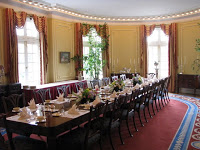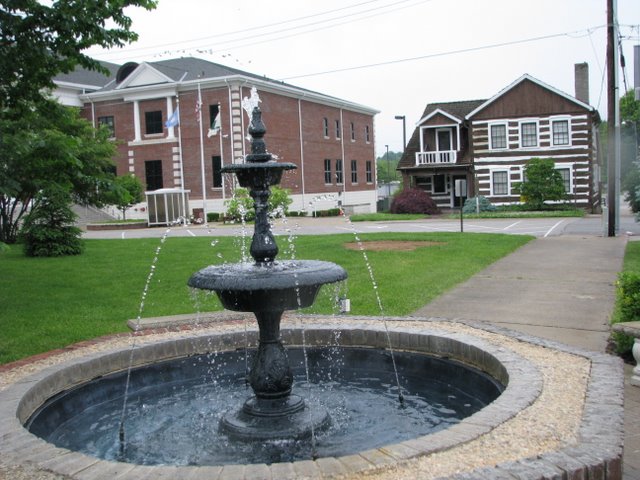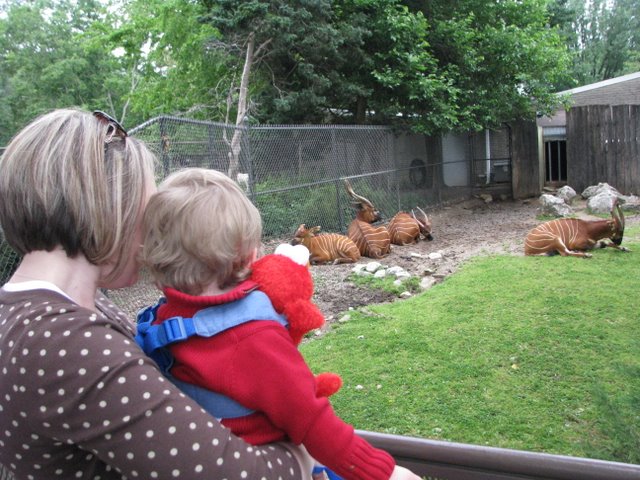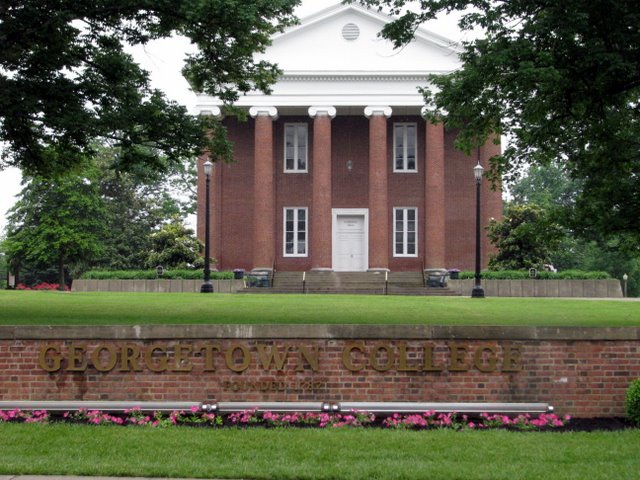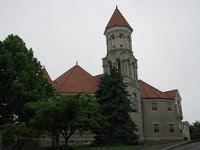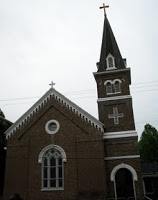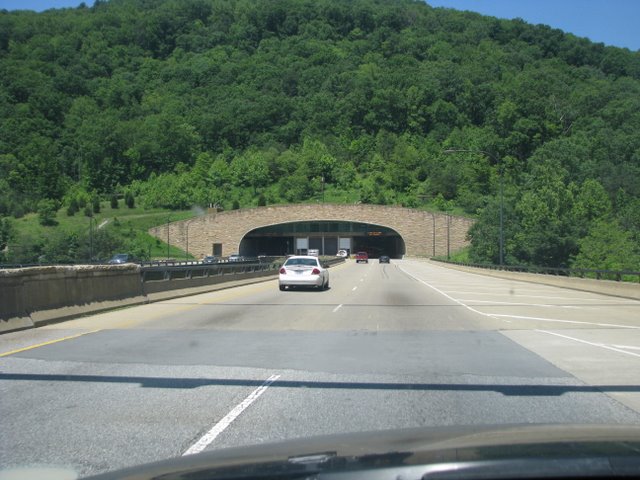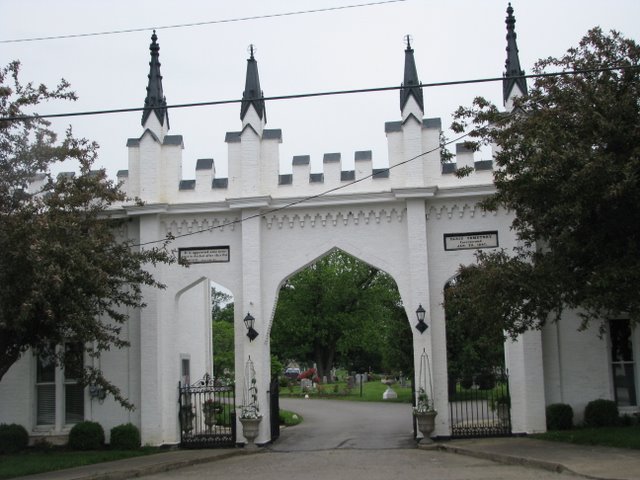 |
| Floral Clock, Frankfort, Ky. |
Since 1961, the Floral Clock has sat behind the Kentucky State Capitol. When Gov. Bert T. Combs provided $50,000 from his contingency fund to erect the clock the project was labeled a folly by political opponents. Happy Chandler declared in a gubernatorial debate: “Well, they don’t say it’s half past 2 in Frankfort anymore. They say it’s two petunias past the jimson weed.” Today, however, the clock is one of Frankfort’s most popular destinations.
All of the flowers used are grown in nearby greenhouses. The “100” noted in the floral arrangement celebrates the Capitol’s 100th Birthday. The floral clock is one of the largest in the world and is similar to those in Edinburgh, Scotland and Niagara Falls, Canada. Weighing 200,000 pounds (the hour hand alone weighs 420 pounds), the usual floral design includes 13,000 plants.




